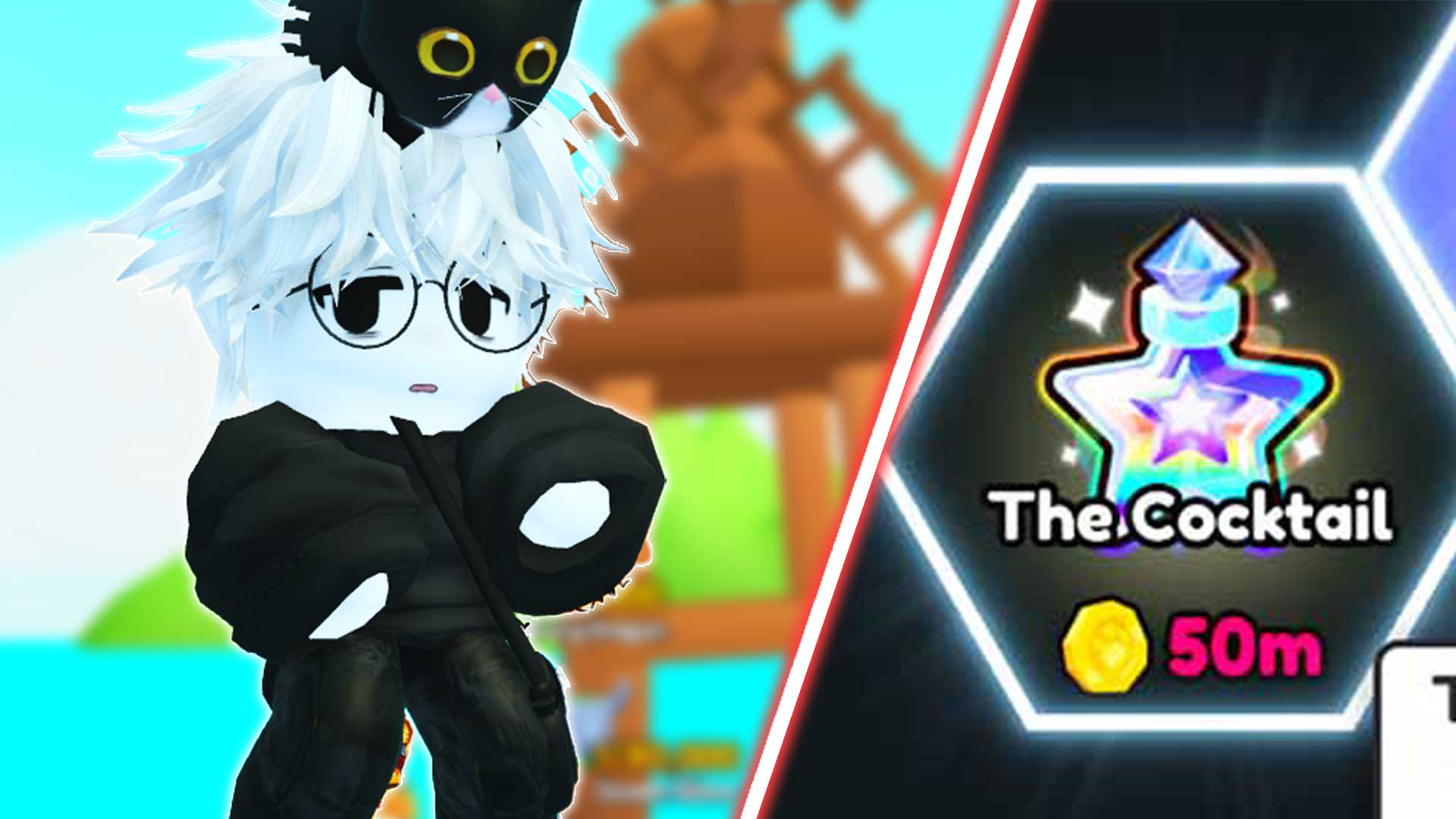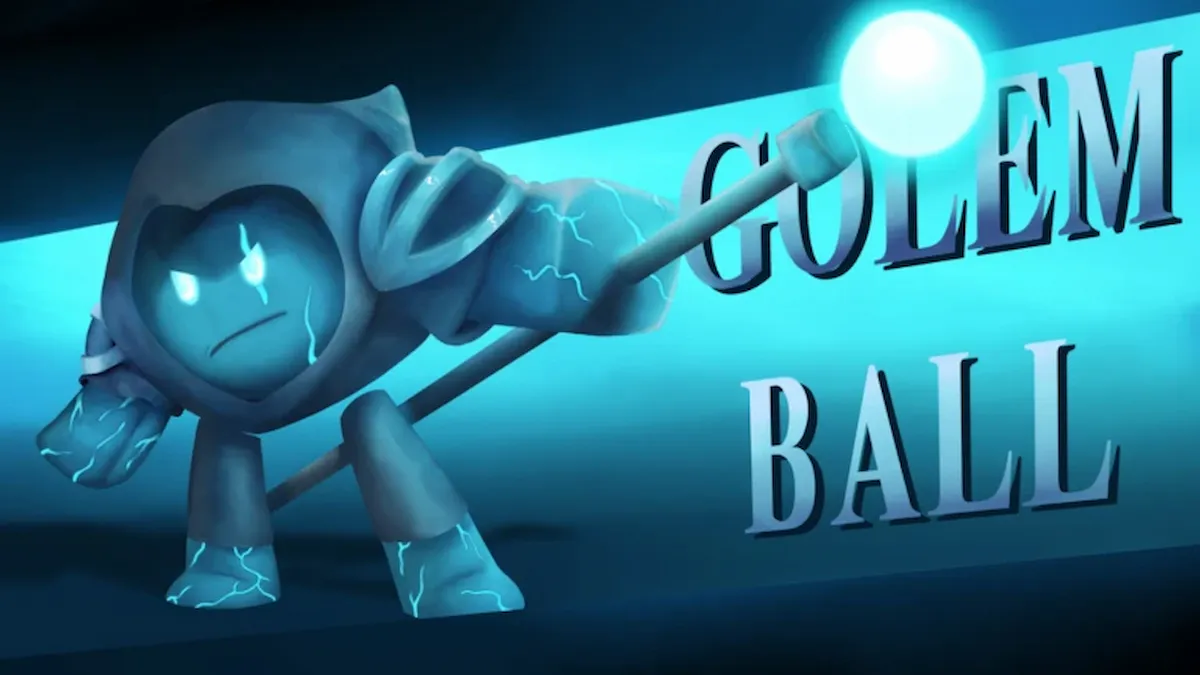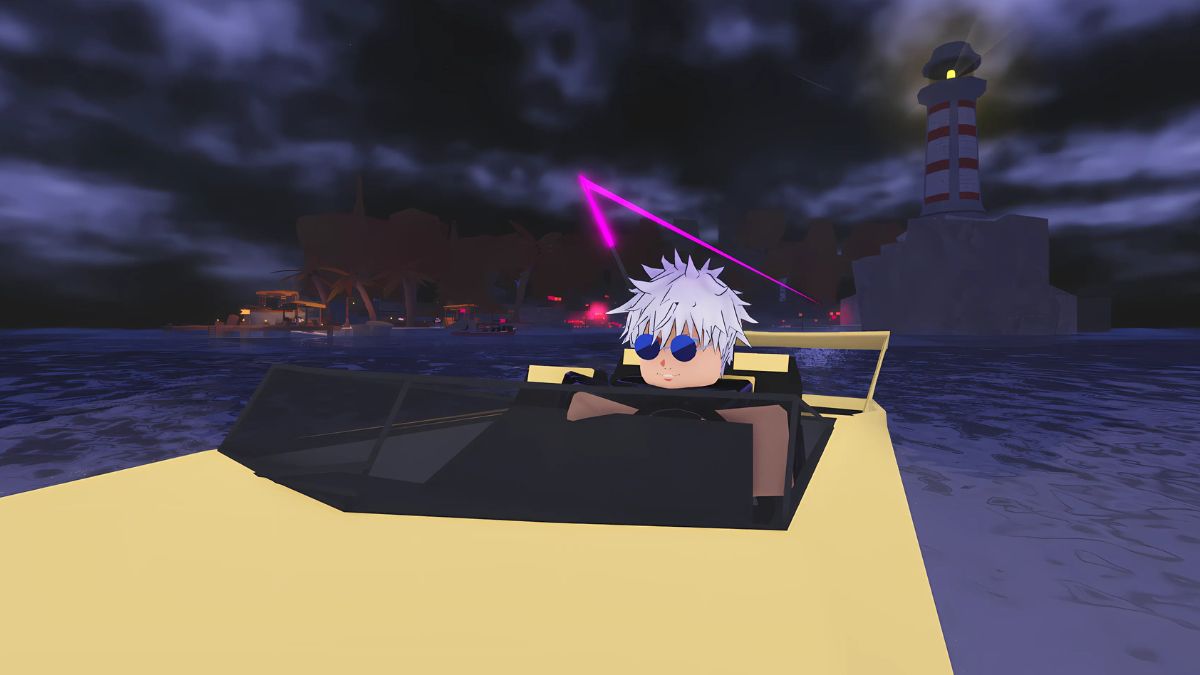In 2014, Blizzard revealed in an interview with Polygon that it had canceled its ambitious MMO project known as Titan, a follow-up to the massively successful World of Warcraft. A month and a half later, it became clear why Blizzard had been eager to break the news, as it was getting ready to announce its next game, the hero shooter Overwatch — which, as it turned out, was built from some of the scraps Titan left behind.
Fast forward 10 years, and Overwatch has become a staple Blizzard franchise and one of the industry’s most popular games. Yet it’s hard not to wonder what could have happened if things had shaken out differently. Fortunately, a new book excerpt explains just that.
Below, we have an adapted version of a section from the upcoming book Play Nice: The Rise, Fall, and Future of Blizzard Entertainment by Bloomberg writer Jason Schreier. The book covers more than three decades of Blizzard history, looking at the fascinating story behind the company’s successes and struggles, while the excerpt below focuses specifically on what happened to Titan.
Way back during the ancient days of 2006, video game bloggers and analysts liked to crow daily about the long-awaited “World of Warcraft killer” — the game that would draw away the iconic Blizzard game’s millions of subscribers. Seemingly every month, another contender failed to pull off the feat, from The Matrix Online to Age of Conan. To paraphrase a certain beloved HBO character: You come at the Lich King, you best not miss.
Still, Blizzard’s executives suspected that a WoW killer would be on the horizon sooner or later — so they figured they should be the ones to make it. The natural next step seemed like a World of StarCraft, but they struggled to envision StarCraft lore fitting into an MMORPG, so instead they decided to develop a new fictional universe. Blizzard vice president Rob Pardo began gathering a small team of the company’s top developers to incubate this project, with the hope of gradually bringing over the best designers, artists, and programmers from World of Warcraft. Leading the way would be people who had been at Blizzard since the 1990s: Chris Metzen would pen the story, Shane Dabiri would head production, and Justin Thavirat would be art director on the new game, which they called Titan.
Every day, the group would hold long lunches to bounce around ideas for the look and theme of Titan, which would be unlike anything they’d done before — grounded, near-future sci-fi rather than space or high fantasy. “How do you follow up on the biggest game ever?” Thavirat said in an interview for this story. “I couldn’t see how we could outdo the same formula.” Other video games, like Half-Life and Fallout, painted a grim, dystopian picture — in contrast, Titan would feel bright and optimistic, perhaps attracting people who wouldn’t normally play Blizzard games. “We were really excited about appealing to a broad audience,” Thavirat said. “Gamers, non-gamers, young, old, men, women, everything in between.”
Titan would be set on an alternate version of Earth in the 2070s. The hook was that it was essentially two games in one, with players taking control of superhero-like characters who lived normal lives during the day and secretly battled against evil forces at night. An early presentation showed the player, as a professional chef, popping a dish into the oven before going off on a secret mission. When they returned, the dish was perfectly cooked and ready to serve.
A couple of years into development, Titan had a small but growing team of engineers, artists, and designers who would meet for brainstorming sessions every week. The unit, which Blizzard called Team 4, was envisioned as an all-star team, bringing in the best staff that Pardo could find both within Blizzard and from elsewhere in the industry. People on other Blizzard teams would look over in envy, sometimes begging for a spot on what would be the company’s first brand-new franchise in more than a decade. What they didn’t know was that behind the scenes, the game was flailing.
As the Titan team expanded, bringing in veteran developers from across the video game industry, the group built a near-endless number of prototypes for the civilian portion of the game: fishing, farming, photography, gardening, hacking. This non-combat section, which they called Titan Town, was essentially Blizzard’s take on Animal Crossing or The Sims — players would be able to deck out a house with furniture, run a business, and go on quests in their neighborhoods. During playtests, the Titan team found that some of these game mechanics were fun in isolation, but nobody could envision what game developers called the “core loop,” or the sequence of actions that players would spend the bulk of their time doing. “It always felt like it was right around the corner,” said Thavirat. “Right around this milestone, this is where things will come together.”
The combat side felt more coherent but was facing its own issues. Each player would be able to select from one of a handful of superhero classes, like the speedy Jumper, who could teleport short distances, or the sharpshooting Ranger, who wielded a powerful sniper rifle. Players could group up with friends to battle through dungeons or fight one another in team-based competitive battles. These matches could be fun in bursts, but the Titan team struggled to figure out how to keep players engaged over a long period of time.
Meanwhile, Riot Games was using all that League of Legends cash to poach Blizzard’s staff — including, at one point, nearly the entire animation team. And the underlying technology behind Titan — all designed from scratch for this project — was hampering the team’s progress, whether it was laggy, incomplete tools or faulty “version control” software that would sometimes prevent the team from working for hours at a time.
The industry had evolved since the days of Warcraft and Diablo, when video games had simple 2D art and could be programmed by a dozen people over the course of a year or two. Technological advancements made video games look more beautiful every year, but they also ramped up the complexity of development. By the 2000s, teams were swelling to more than 100 and their games might take three years or longer to produce. The larger a game team grew, the harder it became to coordinate tech, develop a consistent art style, and execute on a single coherent vision.
Team 4’s artists drew concepts for Titan’s colorful classes and futuristic cities — bright, idyllic versions of regions like Eastern Europe and the western United States — but many of the designs kept changing as the game evolved in different directions. An internal repository called TitanArt grew so bloated, with thousands of images, that artists would sometimes draw characters or cities only to later learn that someone else had already done the same years earlier. “The amount of art we did was enough for five games,” said artist Vadim Bakhlychev in an interview for this story.
One artist, speaking for this story, described working on the project as an interminable state of déjà vu — like they were living in Groundhog Day. They’d draw costumes and furniture, take long lunches, and then fine-tune what they’d already made. There are no seasons in Irvine, where Blizzard is located, so it was always dry, sunny, and 60-80 degrees — which made it hard to tell the weeks apart. “Was that yesterday?” the artist said. “Was it last year? What day was this?” They were proud of the art they were making, but it was hard not to wonder if one day, someone was going to come down from high and realize that they weren’t making much progress. “There was a feeling that Blizzard had essentially written a blank check to fund this game and that bred a sense of complacency within the team,” the artist said. “We were not working with any kind of urgency.”
Making games is always hard. Making new franchises is even harder. And making a new franchise at a company full of perfectionists, with the pressure of surpassing World of Warcraft, with a team that was growing larger than that of any project in Blizzard’s history — well, that was proving to be impossible.
Later, several developers on the team would blame many of Titan’s struggles on Rob Pardo. As Blizzard’s vice president of game design, Pardo was also overseeing StarCraft 2, Diablo 3, and the rest of the company’s projects, which limited the time he had for Titan. “He at times seemed like an absentee game director,” said one developer. To mitigate this problem, Pardo had brought in two lead designers: Jeff Kaplan, who had designed quests on World of Warcraft, and Matt Brown, who had worked on The Sims and SimCity at EA’s Maxis. But Pardo remained director of the project and would occasionally jump in with feedback, forcing the team to change course and potentially throw out months of work. “I think when you want to lead something, you have a responsibility to lead,” said Connie Griffith, who worked as an assistant to Pardo. “And if you are not able to give it your full attention, you need to relinquish control.” (Pardo declined to comment.)
Titan had gone from a dream project to demoralizing for many members of Team 4. Designers would spend weeks getting excited about an idea, then set up a meeting with Pardo to review it only for him to shoot it down without offering an explanation or alternative direction. On previous games, not everyone had always agreed with Pardo’s decisions, but at least he had made them. On Titan, he appeared to be unwilling or unable to commit to a vision, team members said — perhaps because of the pressure. “There was this fear of the sophomore album,” said Griffith. “What can we do that’s as good as World of Warcraft?”
With years of development behind it and very little to show, the Titan team began building a vertical slice set in the game’s near-future version of California, complete with a suite of mechanics like driving and combat. Parts of the demo were excellent, but it became clear that the cohesion problem wasn’t going away. It felt as if the team had made a dozen different games but had no way to unify them — like a jigsaw puzzle where the pieces wouldn’t fit together — and it continued to struggle with both technical and artistic challenges. But this was Blizzard. Surely Team 4 would get more time to nail down Titan. “The work was super inefficient, and the scope constantly grew,” said one artist, “but everyone trudged along calmly, assuming Blizzard would continue funding this endeavor indefinitely.”
Then one morning in the spring of 2013, as developers on the Titan team trickled into the office, they noticed that rows of folding chairs had been set up in the common area for an impromptu all-hands meeting. When it started, Pardo stood up and dropped the big news: Titan wasn’t working out, so he and the other Blizzard executives had decided to reboot it.
For Thavirat, this was bittersweet news. On one hand, Blizzard was throwing away countless hours’ worth of work from his nearly seven years on the project that would never be seen. On the other, he recognized that Titan couldn’t keep going the way it was headed. “It was tough,” Thavirat said, “but there was also a little bit of relief.”
At the end of the day, Titan cost Blizzard around $80 million, according to people with knowledge of the financials. Many of its staff moved to Blizzard’s other teams, while a few were laid off. Jeff Kaplan, Chris Metzen, and a handful of artists and engineers stayed behind to try to figure out whether Titan’s remains could be salvaged — a process that would later lead to the hit game Overwatch, which transformed Titan’s classes into memorable heroes.
Later, Pardo stood up in front of the company, tears in his eyes, as he gave a presentation about why Titan had failed. He noted that he should have done more about the game’s technical and artistic problems, which Team 4 members saw as a backhanded way of blaming other people for the game’s issues — the last straw for some. The longtime Blizzard designer had stewarded a lot of great games and was CEO Mike Morhaime’s heir apparent, but now he had lost the trust of Blizzard’s other leaders. Several executives and directors demanded that he be removed from a position of leadership. They didn’t want to report to him anymore; didn’t want him overseeing their new projects.
Pardo took a sabbatical as Morhaime and his team tried to determine Pardo’s future at Blizzard. At first, the team talked about potentially shifting his responsibilities, but after a few months, Morhaime met with Pardo and told him it would be best if he resigned. In the summer of 2014, Pardo announced that he was leaving Blizzard, saying publicly that he had made the “difficult and bittersweet but ultimately exciting decision to pursue the next chapter in my life and career.”
The failure of Titan would have ripple effects for years to come.

 3 months ago
101
3 months ago
101








![Anime Reborn Units Tier List [RELEASE] (November 2024)](https://www.destructoid.com/wp-content/uploads/2024/11/anime-reborn-units-tier-list.jpg)
